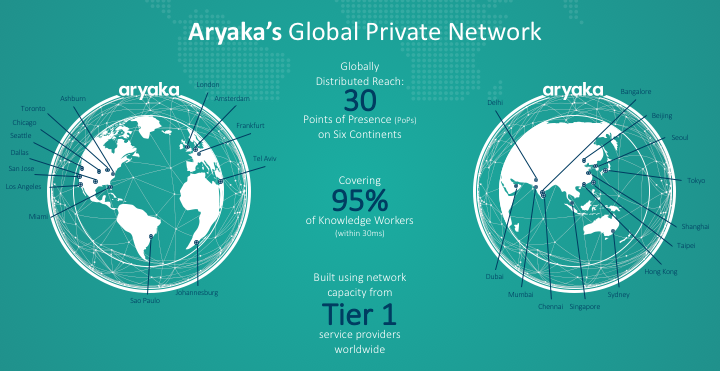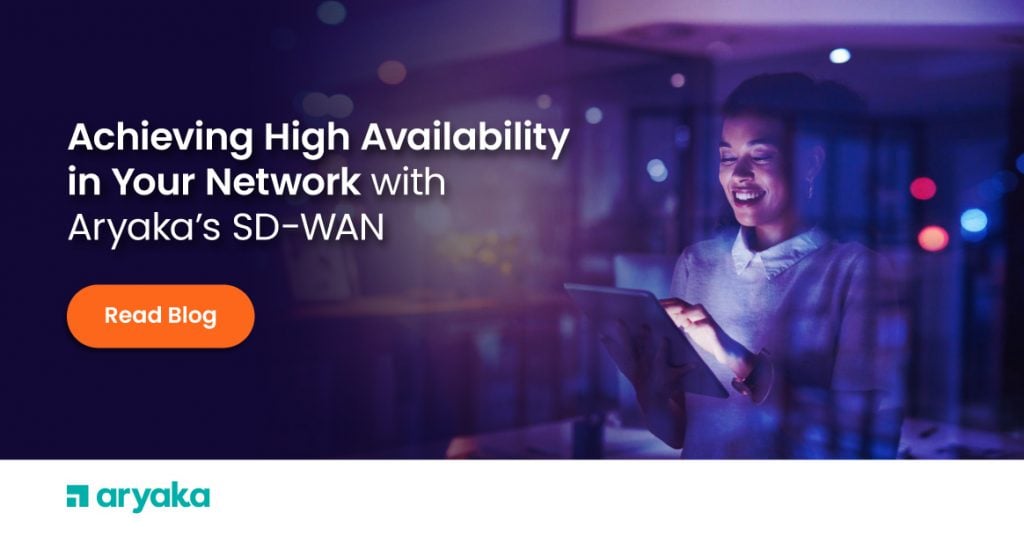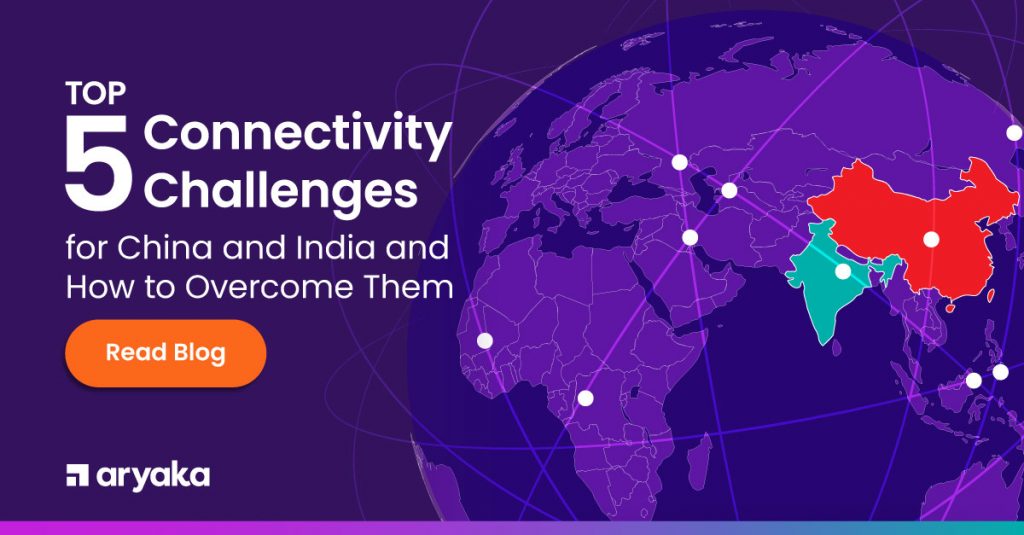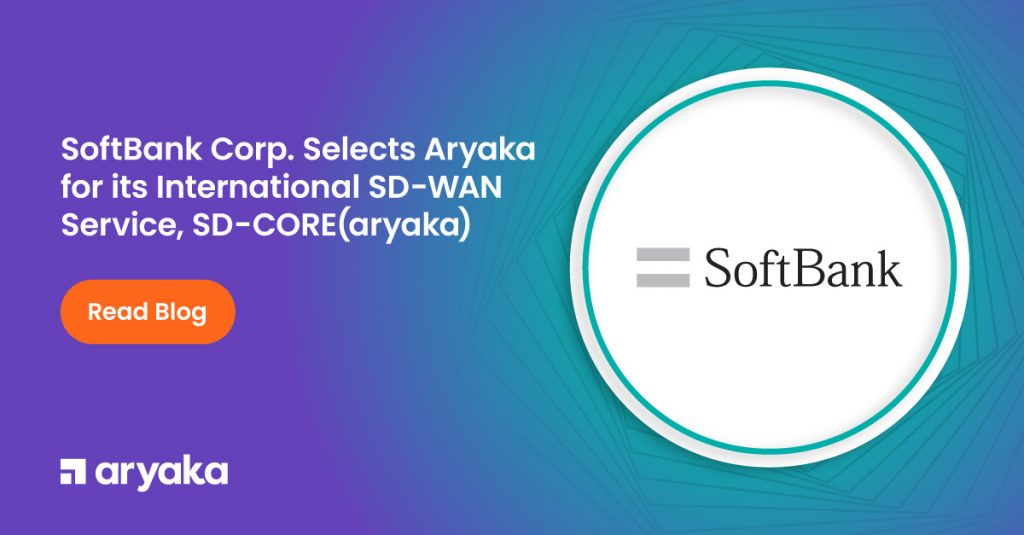5 Common Myths about WAN Optimization that Slow your Business
There was a time when a top goal of IT was to improve application and data delivery by implementing WAN optimization appliances. Traditional WAN optimization devices provided tremendous value for legacy networks by reducing bandwidth requirements and enabling enterprise to efficiently scale their networks. They also improve your organization’s disaster recovery capabilities, response times for applications and present an opportunity for centralize file storage.
However, WAN optimization delivered as a high-cost, hardware solution. Dedicated appliances have to be deployed, maintained, and managed not only at headquarters and the data center, but at each branch office. For global enterprises, the need for a reliable, private, and lossless network was a key ingredient for this solution to work well across geographies. As a result, WAN optimization was just too cumbersome and expensive for many businesses.
It wasn’t long before the focus shifted instead to Software Defined-WANs. SD-WAN made it possible to augment existing WANs – usually MPLS – using Internet pipes. Appliances at each location could then point traffic at either MPLS or the public Internet links based on pre-set policies.
While offloading less critical traffic to the Internet freed up precious MPLS bandwidth and improved application performance for the mission critical programs riding those trunks, most SD-WAN products still required the enterprise to master and manage a new technology, leaving them with problems similar to the original WAN optimization tools.
What’s more, the IT goal posts have moved.
Today, cloud adoption is a focal point for nearly every business’s digital transformation strategy, as is supporting an increasingly mobile workforce. Classic WAN optimization and SD-WAN tools can’t keep up.
As we talk with global enterprises in every geography embarking on digital transformation, we often hear a lot of misperceptions, spin, and blatant falsehoods regarding digital transformation and the use WAN acceleration technology and SD-WAN. Since SD-WAN tools typically include WAN optimization capabilities today, we’ll review the top five myths we’ve heard lately about WAN optimization/SD-WAN, then share the reality:
MYTH 1#: It is better to deploy my own WAN optimization/SD-WAN tools than buy WAN optimization/SD-WAN as a service.
The top myth we hear constantly is that it is still better to go the old fashion infrastructure route when it comes to pursuing SD-WAN, meaning selecting product, deploying assets and shouldering the job of managing the resultant network. The hardware players pushing this fantasy hope your head is firmly buried in the sand and that you haven’t noticed the fundamental industry shift from constructing IT resources to consuming those resources.
It is hard for you to replicate the expertise, scale and rate of innovation of cloud companies such as Amazon et al., and the same is true with SD-WAN. The last thing you want to be doing is acquiring equipment, spreading it to the far reaches of your WAN, and then trying to manage it all, say nothing of keeping it up to date as technology continues to evolve at a breakneck pace.
Leave the care and feeding of that network to the experts, companies such as Aryaka that maintain a global private network and deliver SD-WAN as a service. Network performance is unrivalled (using patented technology), the speed of change can’t be matched (deployments and updates measured in hours and days, not weeks and months), and there is no finger pointing when issues crop up (one throat to choke).
MYTH #2: WAN optimization/SD-WAN delivered as a function in another device is as good as purpose built
The SD-WAN market is still consolidating. As hardware companies like Cisco try to ingest SD-WAN technologies they acquire, they lose the dedicated focus on SD-WAN the acquired company had. They start to make compromises as they balance the development needs of the multi-function device, which will make it hard for them to keep up with SD-WAN advances. And, just as importantly, in the end they are still pushing a hardware-based answer that flies in the face of the new consumption model, as outlined in Myth #1.
With the players in flux and WAN edge strategies continuously evolving, enterprise buyers may be forced to take on some SD-WAN integration work themselves, or, at the least, be prepared to re-evaluate their SD-WAN strategy on an annual basis.
MYTH #3: The WAN optimization/SD-WAN tools that serve me well in a US region will scale for all my needs
Unfortunately, this myth has led to many enterprises making costly investment mistakes. As noted, most SD-WAN tools use the Internet to augment MPLS backbones. While that might be adequate for a small company with a limited geographic footprint, the best effort public Internet breaks down when it comes to supporting larger organizations with more demanding requirements.
Packet loss, latency and jitter take their toll as distances increase and application performance degrades. If international locations are involved, application performance will waver all over the map. The average time it takes for a 100kb file to travel from the U.S. to China over Internet-based SD-WANs is 4,000 milliseconds. This can lead to hours or days of lost productivity and revenue.
If you want evidence, look at the customer base for SD-WAN suppliers. The vast majority are small regional companies. Larger organizations that need to ensure application performance for far flung locations rely on SD-WAN delivered as a service over a private, optimized, global Layer 3 network. Packet loss is minimized, latency is flat, and applications perform as if they were hosted in the data center next door.
Myth #4: My WAN optimization/SD-WAN appliances will support our efforts to migrate to the cloud
In the early days of WAN optimization, the WAN connected headquarters or datacenters to branch offices using IP VPNs or MPLS links with WAN Optimization products to make applications run faster. Today the WAN looks much different and so should the WAN acceleration solutions. Today virtually every enterprise uses multiple cloud suppliers, including a mix of Infrastructure as a Service, Platform as a Service and Software as a Service, and supply chain links to partners and suppliers.
On-premises solutions are a misfit for this new architecture. Appliance vendors hawking infrastructure approaches have needed to re-invent by purchasing start-ups, relabelling their products, and using Frankenstein DIY solutions that are often mislabelled as “cloud” and “virtual” appliances.
If you buy SD-WAN as a service, look to a supplier that already has high speed exit ramps built into the major cloud providers. That will make it possible for you to bring up service with a couple of mouse clicks. That’s it.
Myth #5: WAN optimization/SD-WAN can’t benefit mobile workers
This last myth stems from the fact that most optimization and SD-WAN approaches rely on appliances. Obviously, you can’t require mobile workers to carry around a gizmo to ensure they are getting an optimal application experience. You would be laughed out of the office.
You can, however, make available a software client that, if they decide to use it, will optimize their experience by routing their network requests to the nearest POP of your SD-WAN-as-a-Service supplier. That way their traffic gets the same special treatment as all of the data flowing out of your regional offices. It is groomed for transport, optimized as it flows over the private SD-WAN, and delivered to the data center or cloud supplier of choice.
Don’t have the wool pulled over your eyes
Aryaka is the only fully-managed Cloud-First WAN, delivered as a service over a global Layer 2 private network that can deliver any application, anywhere in the world within 30ms or less. There is zero capital expenditure involved, and Aryaka provides end-to-end network visibility and 24×7 monitoring.
More than 800 global enterprises use Aryaka’s Fully-Managed Cloud-First WAN to accelerate their applications and support their digital transformation strategies. To see what they have to say about our service, take a look at some of our recent success stories:

Give it a spin. See why so many global enterprises use Aryaka fully-managed networking and security services to support global delivery of all their cloud, SaaS, and on-premises applications. Contact us today to learn more.
- Accelerate CAD/CAM Performance
- Improve Zoom Conferencing Performance
- Calypso Embraces a SaaS-first Strategy
- CallisonRTKL Transforms their WAN
- Kleinfelder Improves Application Performance
- Teradyne Transforms their WAN
- SAP web application performance
- Kleinfelder Improves Application Performance
- Industrial Manufacturing Company Transforms WAN










